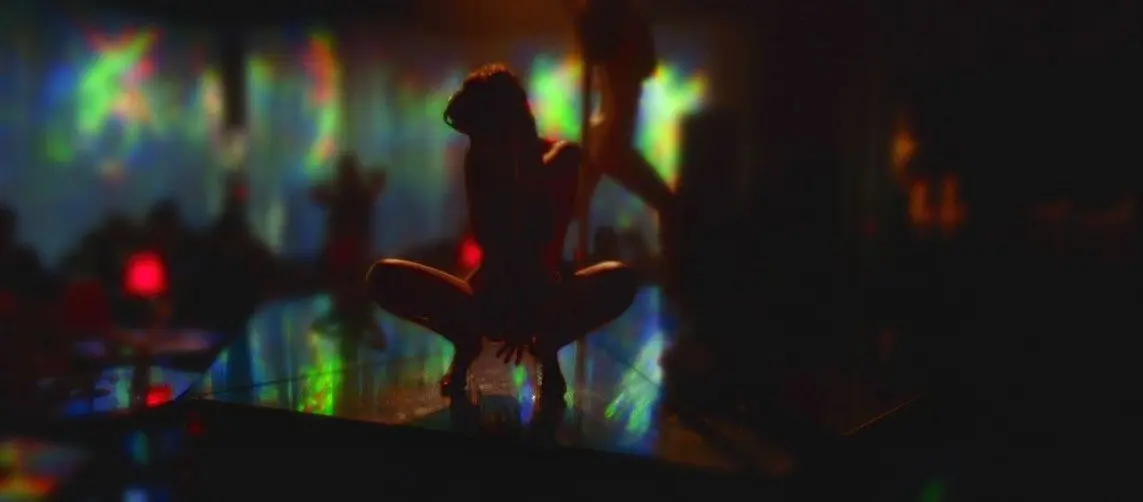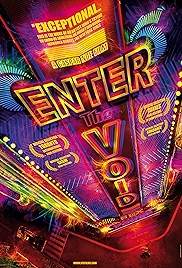A movie for every day of the year – a good one
8 July
Matthew Perry arrives in Edo Bay, 1853
On this day in 1853, Commodore Matthew C Perry’s four-ship squadron arrived in Edo Bay (Tokyo Bay today). Japan’s policy towards foreigners was one of total isolation, and had been since 1633 – the penalty for foreigners entering Japan, or Japanese leaving, was death. Perry was determined to open Japan up to US trade, and threatened the Japanese with bombardment to make his point. To demonstrate the superiority of US fire power, he fired on buildings in the harbour, then retreated. In the interim the Japanese fortified their garrison and quickly tried to build modern warships and cannons, but since no warship had been built for two centuries, and technological know-how came only from books (the Japanese were still using wooden cannons at the time), the efforts weren’t too successful. The following year Perry returned and, knowing they were licked, Japan grudgingly signed a Treaty of Peace and Amity, which opened the ports of Nagasaki, Shimoda and Hakodate to whaling ships. The Russians signed a similar treaty with Japan the next year.
Enter the Void (2009, dir: Gaspar Noé)
The director Gaspar Noé claims to have seen Kubrick’s 2001: A Space Odyssey more than any other film. Watching Enter the Void you don’t doubt it: it is an astonishing film of great technical accomplishment and vision – and its mind-trip psychedelic visuals only add to the impression that this is Noé’s Space Odyssey.
The weird shit starts coming at us from the screen with the opening credits, a cascade of a huge number of different exploding, pulsing typefaces that just on their own are worth watching the movie for – this is the title sequence that got a standing ovation at Sundance. We’re set up for something kaleidoscopic and epic, and once we’re into the film we get it – a headlong, headrush story, seen through the eyes of Oscar (Nathaniel Brown) a young druggie American boy in Tokyo who is ambushed by the police, locks himself in a toilet, where he’s trying to flush away the drugs he’s carrying when he is shot. He dies. End of part one.
Part two replays what we’ve just seen, this time from a point of view just behind Oscar’s head, video game style, as Noé sketches in a bit of background about Oscar’s life, a few other people in his world, including his pole-dancing sister (Paz de la Huerta, looking hot enough for their relationship plausibly to be closer than a sibling relationship should be), his obsessions (The Tibetan Book of the Dead), how he got to this awful place and lost his life. Noé messes about with the chronology – a cheap trick quite often (as it arguably was in Noé’s own Irreversible), entirely justified here – as we flash forward to Oscar’s autopsy, the crematorium, the ashes. At one point Oscar even briefly comes back to life. Or is that later on? It’s that sort of film. And then Noé goes at Oscar’s story yet again, this time with a prolonged overhead shot that has “omniscient narrator” written all over it, or possibly it’s Oscar’s airborne spirit, or possibly that’s the same thing. This time we get more backstory still. But enough is enough in terms of plot.
The plot isn’t the film’s real achievement; instead it’s the visuals, with Noé working every trick of in-camera, lighting and post-production technique to simulate the drugged up milieu we’re meant to be moving in – DMT, MDMA, GHB and cocaine are all referenced. But it’s the form too, Noé treating the film as a palimpsest, with bits half-erased, written over, half-erased again, the same incidents and facts approached repeatedly from a different direction, a different point in time, as you might if way off your face on a cocktail of the above. Being a film set in Japan and dealing with multiple perspectives, this is the point where Kurosawa’s Rashomon should probably be mentioned. So, Rashomon.
By the end we realise we’ve seen a simple story told in the most astonishing way – we’ve learned how this guy ended up in this toilet at this time and died there. As for the film’s final shot, it’s again reminiscent of 2001: A Space Odyssey and suggests… rebirth?… reincarnation? But gruesomely. Enjoy the ride.
Why Watch?
- Visually astonishing
- The soundtrack by Daft Punk’s Thomas Bangalter
- Benoît Debie’s cinematography
- Because the San Francisco Chronicle declared it “unbearable”
Enter the Void – Watch it now at Amazon
I am an Amazon affiliate
© Steve Morrissey 2014

